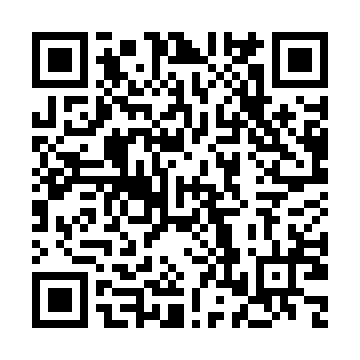Your shopping cart is empty!
Light Meters
Light Meter

How Light Meters Work
Most meters consist of a body. a photo cell has energy. This energy is transferred by the photo cell into electric current; the amount of current generated depends on the amount of light striking the cell. The meter then reads the electrical current and calculates the appropriate value of either Lux or foot-candles.
A key thing to remember about light is that it is usually made up of many different types (colors) of light at diffrent wavelengths. The reading, therefore, is a result of the combined effects of all the wavelengths. A standard color can be referred to as color temperature and is expressed in degress Kelvin. The standard color temperature for calibration of most light meters is 2856 degrees Kelvin which is more yellow than pure white.
Different types of buids burn at different color temperatures. Sper Scientific meter readings will, therefore, vary with different light sources of the same intensity. This is why some lights seem "harsher" than others. See the chart to the left for suggested lighting levels for various applications.
Light Meter Units of Measure
Light can be quantified in many ways, i.e., Lux, Lumens, foot-candles,candle power, candelas, and so on. The two most popular scales are Lux, which is the European measure,and foot-candles, which is the U.S. scale. Lux is a unit of illumination of one square meter which is one meter away from a uniform light source. 1 candela = 1 Lux. Foot candles are a unit of illumination of one square foot which is one foot away from a uniform light source.
Light Measurement Conversion Factor
Abbreviations:
FC-Footcandle, Lux-Lux, Lumen-Lumen
Since: 1 Lumen/sq ft, and 1 Lux=1 Lumen/sq meter
and: 1 square ft=0.0929 sq meter
then: 1 Lux=0.0929 FC, and 1 FC=10.76 Lux
All models have a fast and accurate response, and are CE approved. The sensors are cosine and color corrected and hermetically sealed to ensure long term stabillty. These meters come ready to use with probes, 9V battery, carrying case, instructions, and a 5-year warranty.
|
Convenient Lighting Levels for Varying Applications |
|||
|
Offices |
|||
|
100 to 300 |
Lux |
General workrooms, corridors, stairs and restrooms |
|
|
300 to 750 |
Lux |
Conference and computer rooms |
|
|
750 to 1500 |
Lux |
Technical offices, rooms for drawing and calculating |
|
|
Factories |
|||
|
300 to 750 |
Lux |
Winding, steel work and welding |
|
|
750 to 1500 |
Lux |
Inspection, welding, heavy machinery operation |
|
|
1500 to 3000 |
Lux |
Inspection and testing operations, selection areas, machine tool areas |
|
|
Schools |
|||
|
75 to 300 |
Lux |
Lecture rooms, assembly halls, corridors, stairs and toilets |
|
|
200 to 750 |
Lux |
Classrooms, demonstration rooms, gymnastics |
|
|
300 to 1500 |
Lux |
Precision drawing rooms, experimental laboratories, libraries and reading rooms |
|
|
Shops |
|||
|
120 to 500 |
Lux |
Stairs, elevators, toilets and corridors |
|
|
500 to 1000 |
Lux |
Display windows and sales areas |
|
|
4000 to 8000 |
Lux |
Jewelers and goldsmiths |
|
Sper Scientific light meters have been checked and calebrated using NIST traceable light sources and standards. The light source is a color correct buid that burns at 2856 degrees Kilvin. The meters have a 5-year warranty. they are used in many applications, from testing the reflectance of porcelain pigments in a QC lab to pharmaceutical degradation studies.
|
To convert from |
into |
multiply by |
|
Lux |
Candela steradian |
1.0 |
|
Lumens |
Candle power (spherical) |
0.07958 |
|
Lumens |
Watts |
0.0015 |
|
Lumens per square centimeter |
Lamberts |
1.0 |
|
Lumens per square centimeter |
Lux |
10000 |
|
Lumens per square centimeter |
Phots |
1.0 |
|
Lumens per square foot |
Foot candles |
1.0 |
|
Lumens per square foot |
Foot lamberts |
1.0 |
|
Lumens per square foot |
Lumens /Square meter |
10.76391 |
|
Lumens per square foot |
Lux |
10.76396 |
|
Lumens per square meter |
Foot candles |
0.0929 |
|
Lumens per square meter |
Lumens/Square foot |
0.0929 |
|
Lumens per square meter |
Phots |
0.0001 |
|
Lumens per square meter |
Lux |
1.0 |
|
Lux |
Foot Candles |
0.0929 |
|
Lux |
Lumens/square meter |
1.0 |
|
Lux |
Phots |
0.0001 |


